Before we start…
Antarctica is a vast continent, roughly 17 times the size of Turkey, and it was (almost completely) unheard of until the 1800s. Though we actually did catch a glimpse of this icy continent on the world map drawn up by Piri Reis in 1513, we only really discovered it hundreds of years later. While many countries chose to carry out research on and about this new continent, Turkey for a long time chose to keep its distance and watch from afar. Then came Atok Karaali, who became the first Turkish scientist to step foot on the continent in 1967. In the following years, small-scale exploratory trips ensued. However, it was not until the first Antarctic Scientific Expedition in 2017 that Turkey’s interest really piqued.
The scientific world’s interest in this yet-unexplored territory grew in waves, sparking collective curiosity. As home to adorable penguins and a continent on which seals and whales live instead of large human populations, Antarctica remains the biggest desert on Earth – despite 98% of it being covered by glaciers. On the other hand, it is also the only place on Earth with the closest conditions to Mars.
It has thousands of features that make it attractive, and these are just a few. This challenging journey toward Antarctica, the toughest place on Earth, begins with preparation for the trip.
Getting ready
There is a different set of rules dictated by countries across the world to go to the continent. In previous years, the U.S. had mandated that those going had to have their appendix surgically removed. Though Turkey’s rules aren’t as drastic, you still do need to through a series of strict health tests. If you suffer from kidney or gallbladder stones or have an achy tooth, you’re out automatically. My testing took almost a week. I gave almost 20 test tubes of blood. After an ultrasound and a series of other tests, they said I had a fatty liver.
Doctors Seren Kırmızı and Selahattin Çakıroğlu from the Underwater Medicine Department at Çapa Medical Faculty Hospital requested that I repeat blood tests and undergo an MRI. I also had a dental checkup lined up within that timeframe. With the doctor’s examination and a dental X-ray, I was at least able to pass this stage without any problems, I thought to myself. Meanwhile, we had to go through a long and tiring process for our mental health. After completing nine separate tests that took hours and consisted of hundreds of questions, I had a virtual meeting with professor Hayriye Elbi from Ege University’s Department of Psychiatry. Seeing as I made it onto the continent, I obviously passed.
As the MRI produced no abnormal results, I was then called into to receive training for first aid and living on board, which is one of the most important parts of the preparation process. Though it definitely was not easy, the drill and training sessions conducted on the ship owned by the Scientific and Technological Research Council of Turkey (TÜBITAK) was not as challenging as commando training. I met the rest of the team at our training sessions and the subsequent meetings aboard.
The journey begins
I say the journey “begins” only because the journey itself is a separate story. We met at Istanbul Airport at 6 a.m. sharp. The whole team came with the clothes they would wear on the continent. The ceremony here actually helped us understand once again the seriousness and importance of the work we would be doing. Besides Mustafa Varank, the Turkish minister of industry and technology, many bureaucrats also came to see us off.
After the ceremony and farewells, the first leg of our trip was from Istanbul to Sao Paulo, Brazil. The 10,569-kilometer-long (6,567-mile-long) journey lasted 12 hours and 43 minutes. After waiting about two and a half hours in Sao Paulo, we set off toward Santiago, Chile. This time we waited for about four hours at the airport for our next flight. The length of the second leg of this journey took us three hours and 53 minutes, which equaled 2,589 kilometers. We arrived at Punta Arenas after a 2,191-kilometer journey from Santiago that lasted three hours. Then it was off to Puerto Williams, where we would stay for three nights, after traveling 302 kilometers and 40 minutes to get there. In the end, it took us a total of 30 hours to reach Puerto Williams, including 21 hours of flying and some waiting around. Our multi-stop journey within this timeframe spanned 15,651 kilometers.
We had finally reached the city, the last living area in the south of the globe. We went into retreat here for three days to allow our bodies to adapt to our sea voyage, shake off the jetlag and wait for the weather conditions to normalize. In this charming place, which to me was reminiscent of a small town on the Black Sea coast of Turkey and where approximately 1,500 people lived, we were greeted with incredible warmth thanks to the relationships the Turkish team had established in previous years. This team of 24 people, who initially met at training sessions and meetings grew ever so closer during the flights and our stay in Puerto Williams that it eventually flourished into a strong, true friendship.
After spending three days shopping and walking around in the town center, the weather finally gave us the green light to leave for our destination: Our plane traveled from Puerto Williams to King George Island (South Shetland Islands), the northernmost part of Antarctica. We were met with the magnificent beauty of the continent in the last half hour of the journey, which lasted about two hours.
In Antarctica, finally
At the end of five days after the journey began in Istanbul, we finally set foot in Antarctica. As we went down the plane’s stairs, we encountered the same scene that reminded us of the announcement made inside the plane. Instead of stepping directly on the continent after reaching the bottom step of the stairs, we first cleaned the bottoms of our shoes in a special solution. The aim of this is to prevent us from harming the continent with any pollutants we may have brought with us.
The airport grounds are covered in pebbles poured on the area. There is neither a tower nor ground staff here. There is no runway determined by lines. You have to completely rely on the pilot’s experience when the plane is landing and taking off. The team was split into two at the airport. One part was transported to the ship by helicopter and the others by boats. I was on the helicopter team. Since the ship was already very close to the shore, the journey was quite short. When we reached the ship, with the other part of the crew, we had a small meeting and settled into our cabins where we would stay throughout the trip. The cabins accommodated three to four people but were quite narrow.
While distributing the team into the cabins, people from the same/similar occupational groups were chosen to cohabit together. I shared my cabin with Abdulmuttalip and Furkan from the TRT World team. The first meal our Chilean cooks prepared for us was a welcome dinner, so to speak. It was very surprising for all of us to see lentil soup at dinner. After meeting with the captain and deck officers who managed the ship, and everyone started to get to know their surroundings, a loud alarm went off. According to the training we had received, the alarm we were hearing was indicating that there was a serious problem that could mean that the whole ship had to be evacuated. When we learned that the alarm, which lasted 1 minute 20 seconds, was just a drill, we sighed in relief.
Late to the party
Although we were in a better position than 40% of the countries who built bases and carried out scientific activities in Antarctica, the facility we established there was far from meeting our needs. One of the most important pillars of scientific expeditions to Antarctica is the visits you make to other countries’ bases. In this context, we made our first visit to the Polish base. We (temporarily) left Işıl Nur Güraslan at the Polish base on King George Island. Though she joined the Polish team here, she would later be joining us on the return journey. The directors of the Polish base hoisted the Turkish flag up the post outside after the Turkish member joined the team. Another first we experienced at the Polish base was spotting our first penguin. After taking plenty of penguin photos, we returned to the ship in several parties. I should also mention an interesting fact about the Polish base. This place was actually created by bringing together several containers. However, it soon turned into an important living space.
Our second base visit was to South Korea’s. Gaziantep Metropolitan Municipality Mayor Fatma Şahin also accompanied us on this visit. As a sign of our historical friendship with South Korea, they gave us a very warm welcome. After some snacks and drinks were offered and presents were exchanged, the official part of the visit was completed. After that we took a tour of the base – the massive kind that looks like a giant space base and you only see in movies.
In the summers over 100 scientists work at the base, while in winter this number drops to as low as 25. The facility, which is equipped with the comfort of a hotel, has many laboratories in addition to social facilities. It also utilizes solar energy as an energy source to the max by using it in heating and lighting.
Witnessing history
After a two-hour visit, we first went to the ship and then on to our other destinations at the Argentina base. As soon as we set foot in Argentinian territory, the Turkish flag was hoisted on its pole.
After being welcomed, news from the nearby Brazilian base surprised everyone. The meteorological measurements carried out at the Brazilian base showed the air temperature was exactly 20.7 degrees Celsius (69.3 degrees Fahrenheit). This went down in history as the highest temperature ever measured on this continent. We witnessed these moments.
It is beneficial to remind of one subject here. The area where these measurements are made is King George Island. It is the northernmost point of Antarctica, and although the temperature had not been 20 C here, it often reached 13-14 C. When moving south on the continent, temperature values are currently expected to be negative.
If we return to the Argentinian base, this place has a history of nearly 50 years. Although it is not as modern as the South Korean base, the base can still meet all the needs of visitors. Scientists from many countries are working at the base.
Anyone who learns that we are a Turkish delegation starts talking about Turkish cake. I am used to hearing about Turkish delights abroad, but this is the first time I have heard talk of “Turkish cake.” It turns out that an Iranian chemist working on the team made Turkish cake once a week. We didn’t get to taste the cake, which turned into a legend with its flavor, but from the stories told, we missed out on a lot.
After completing the base visits, we returned to the area where the airport is located on King George Island. After sending off Mayor Fatma Şahin and TÜBITAK MAM Pole Research Institute Director and Expedition Coordinator Burcu Özsoy to Turkey, we hoisted the anchor to set sail.
The last member joins the team
We went to Livingston Island, one of our stops before heading to Horseshoe Island. We began to fully understand the weather of Antarctica on this journey. The trip, which was expected to take eight hours, increased to 12 hours due to unfavorable weather conditions.
When we arrived at Livingston Island, we went to the Bulgarian base there and picked up Lyubomir Kenderov. Our team thus took its final and ultimate form. We are now 24 people, with 22 Turks, one Belarusian and one Bulgarian.
Our next stop is Faure Island, and our journey here is scheduled to take two to three days at this stage. We will see how accurate the plan turns out to be.
What to know about the continent
Antarctica has an area of 14 million square kilometers (5.4 million square miles). About 98% is covered with ice. It is the fifth-largest continent in the world. It is the largest desolate region in the world. The highest wind speed to date was measured here at 327 kilometers per hour. The lowest temperature on Earth was recorded here as minus 94.7 C in 2013.
There are 138 volcanoes on the continent. If the glaciers on the continent melt, the sea level will rise 60 meters (197 feet). This would mean that many countries would be underwater.
In the winter, 17 million square kilometers of sea ice is formed. This means that the continent more than doubles in size. The average glacier thickness is 2.4 kilometers.
Drake Passage, which you must pass to reach the continent, is known as the most dangerous passage in the world.
There are more than 100 scientific bases on the continent.
Last Updated on Jul 09, 2020 12:20 pm by Yasemin Nicola Sakay

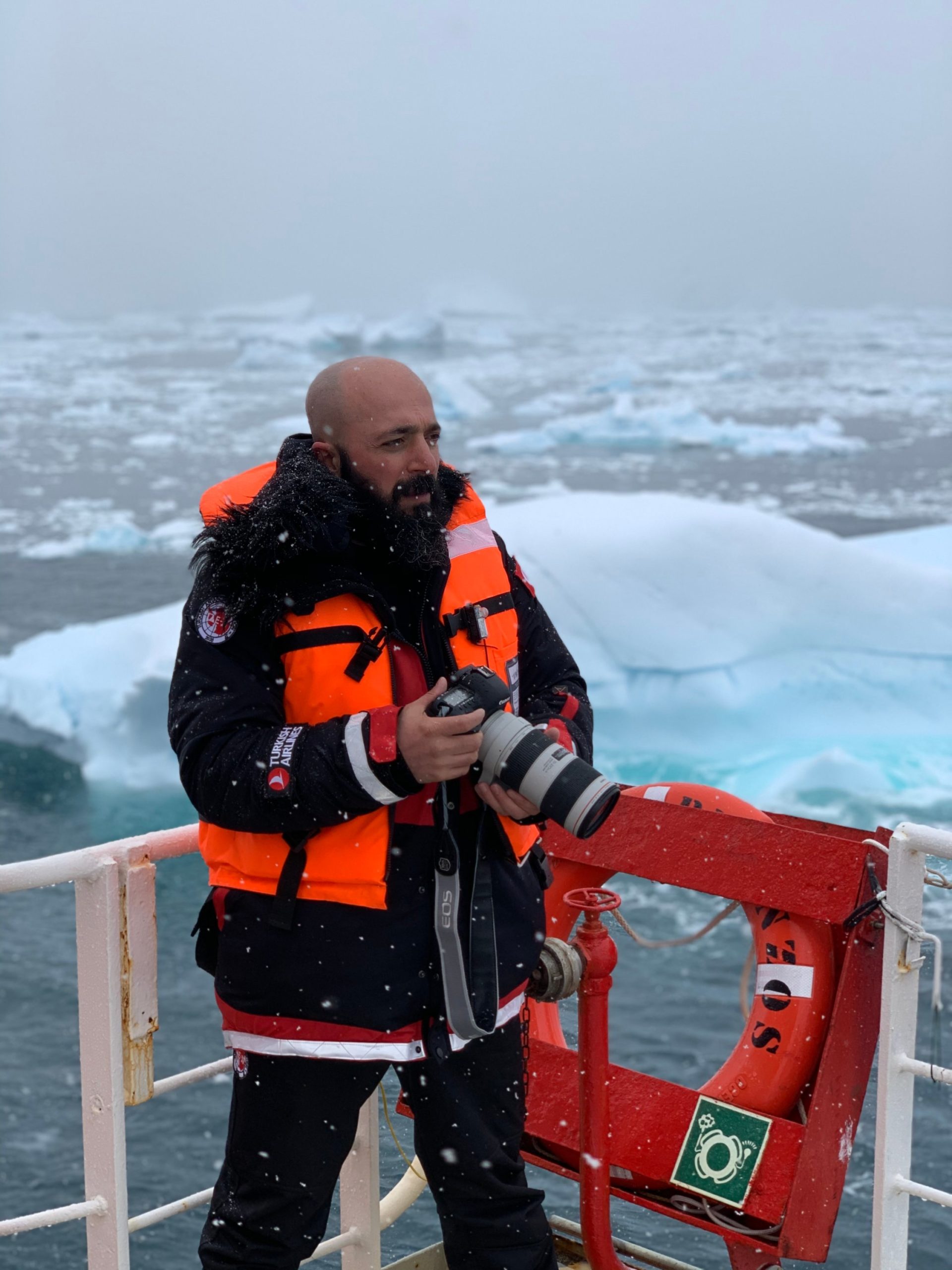
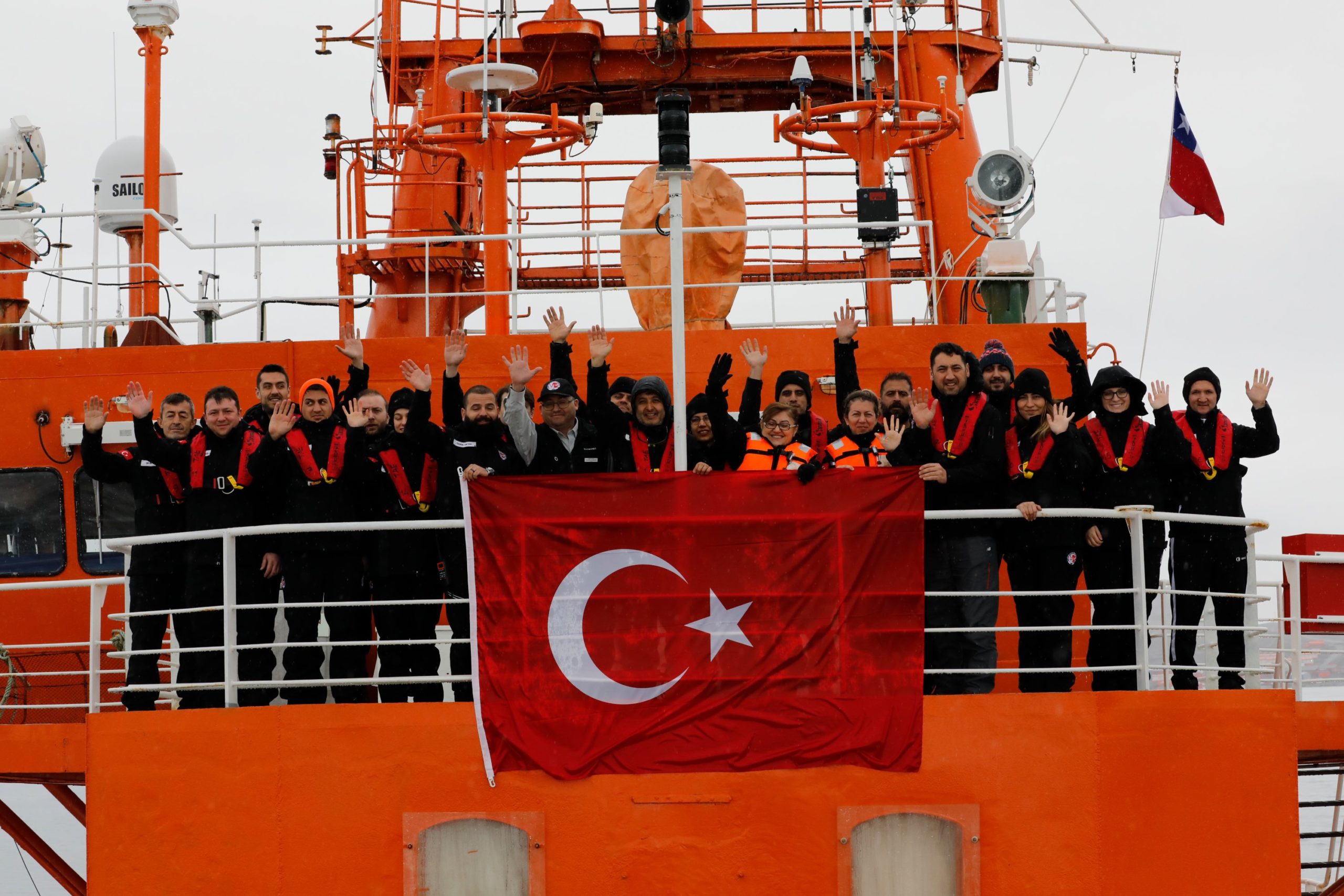

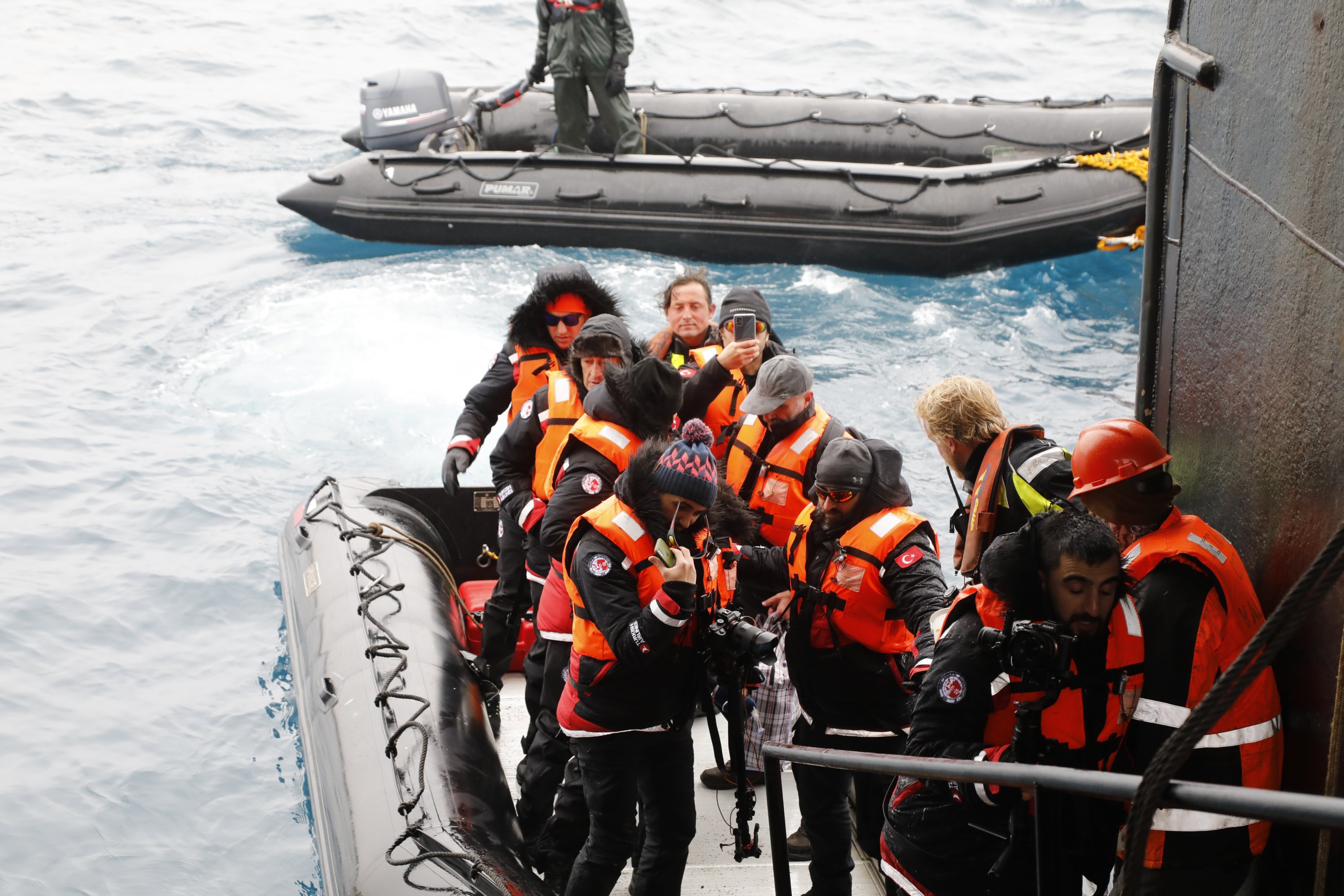
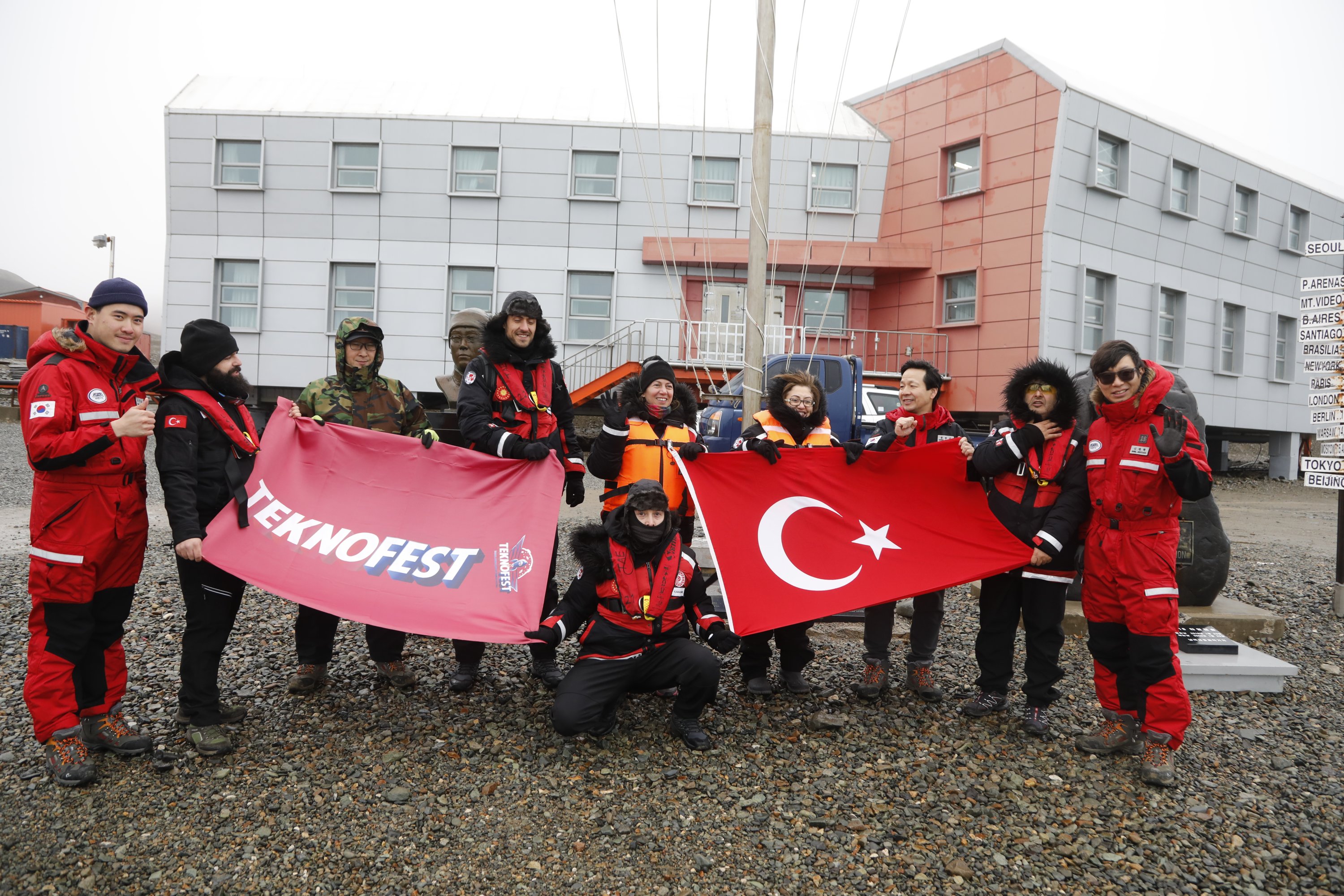

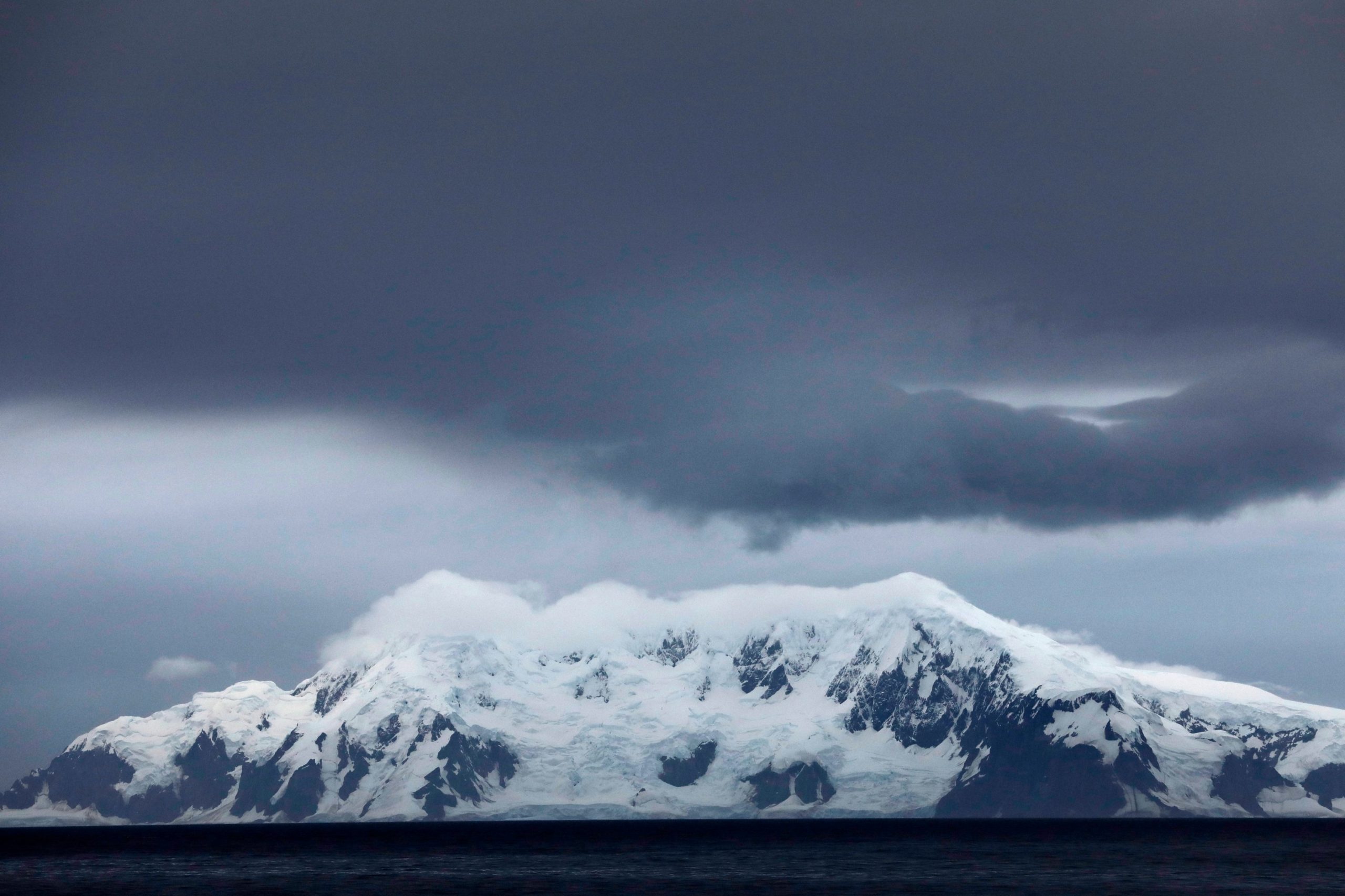
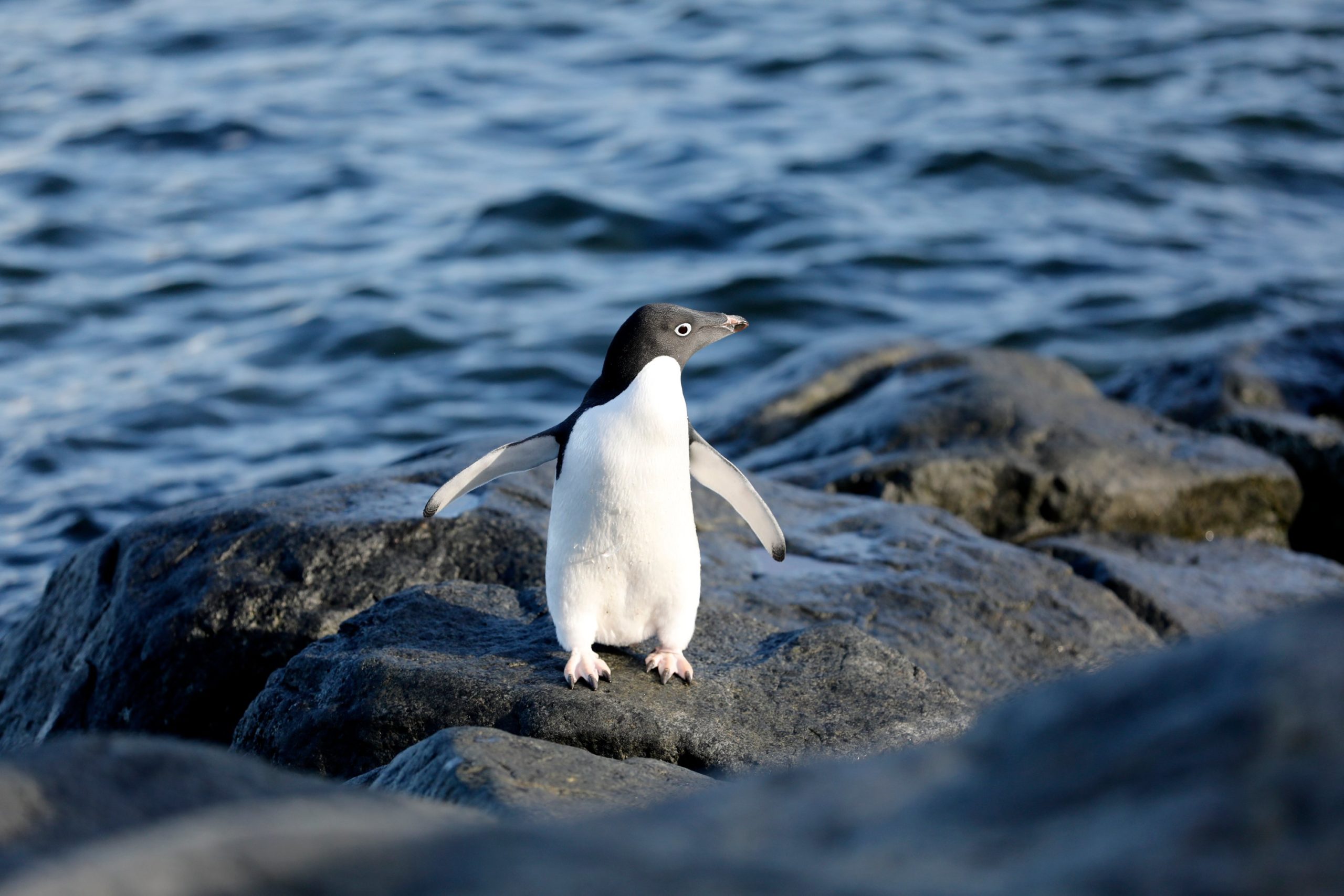
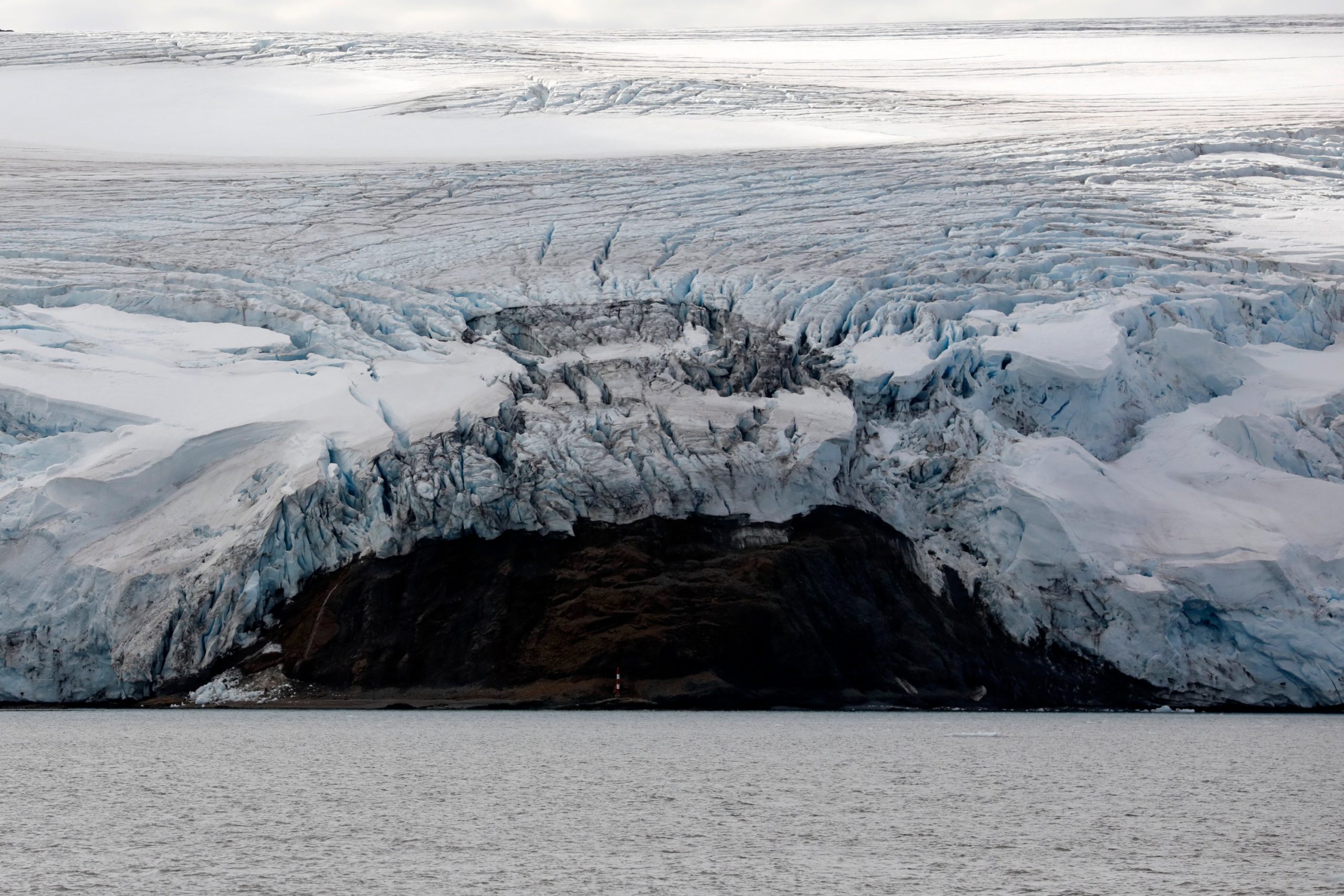
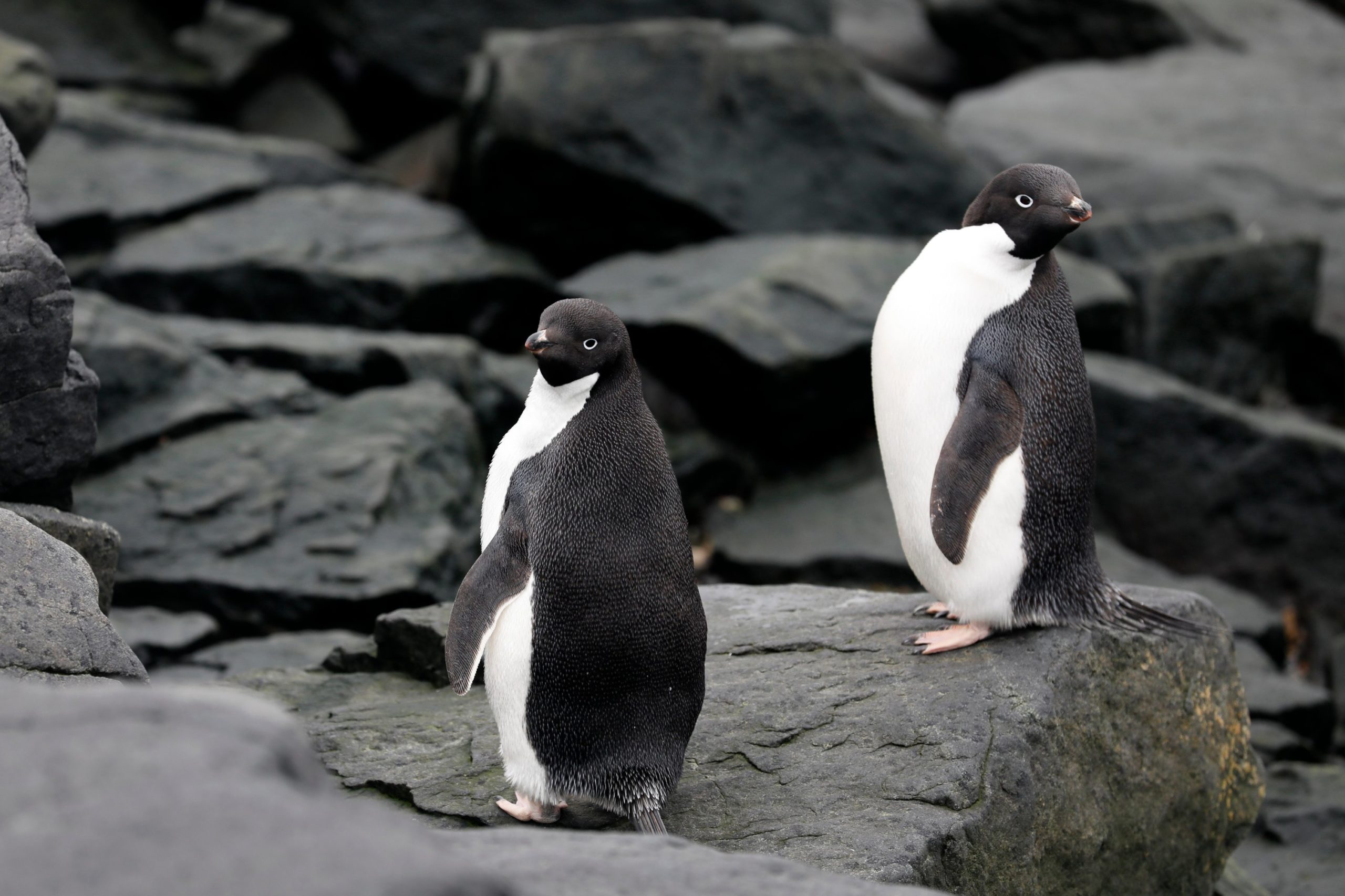
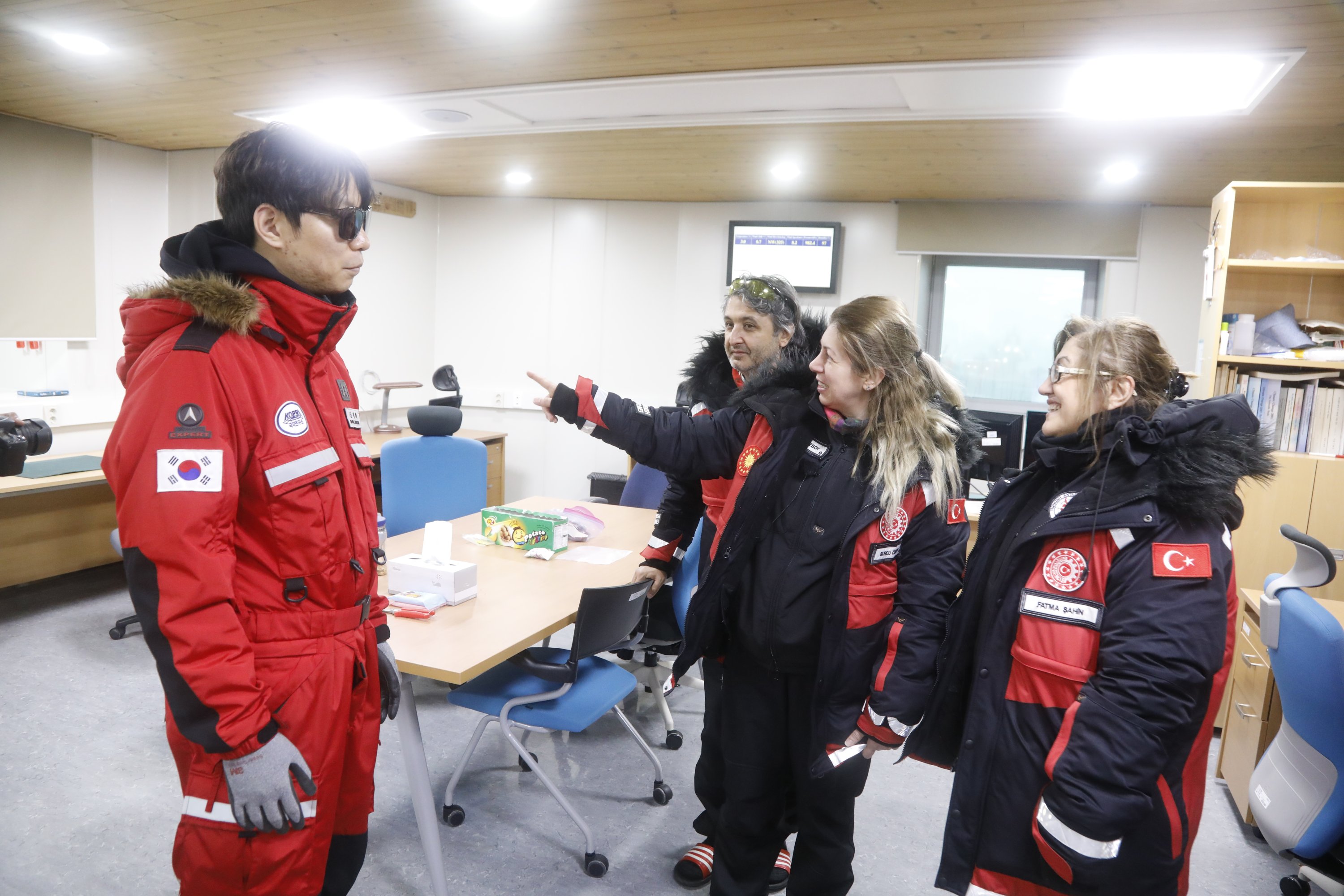
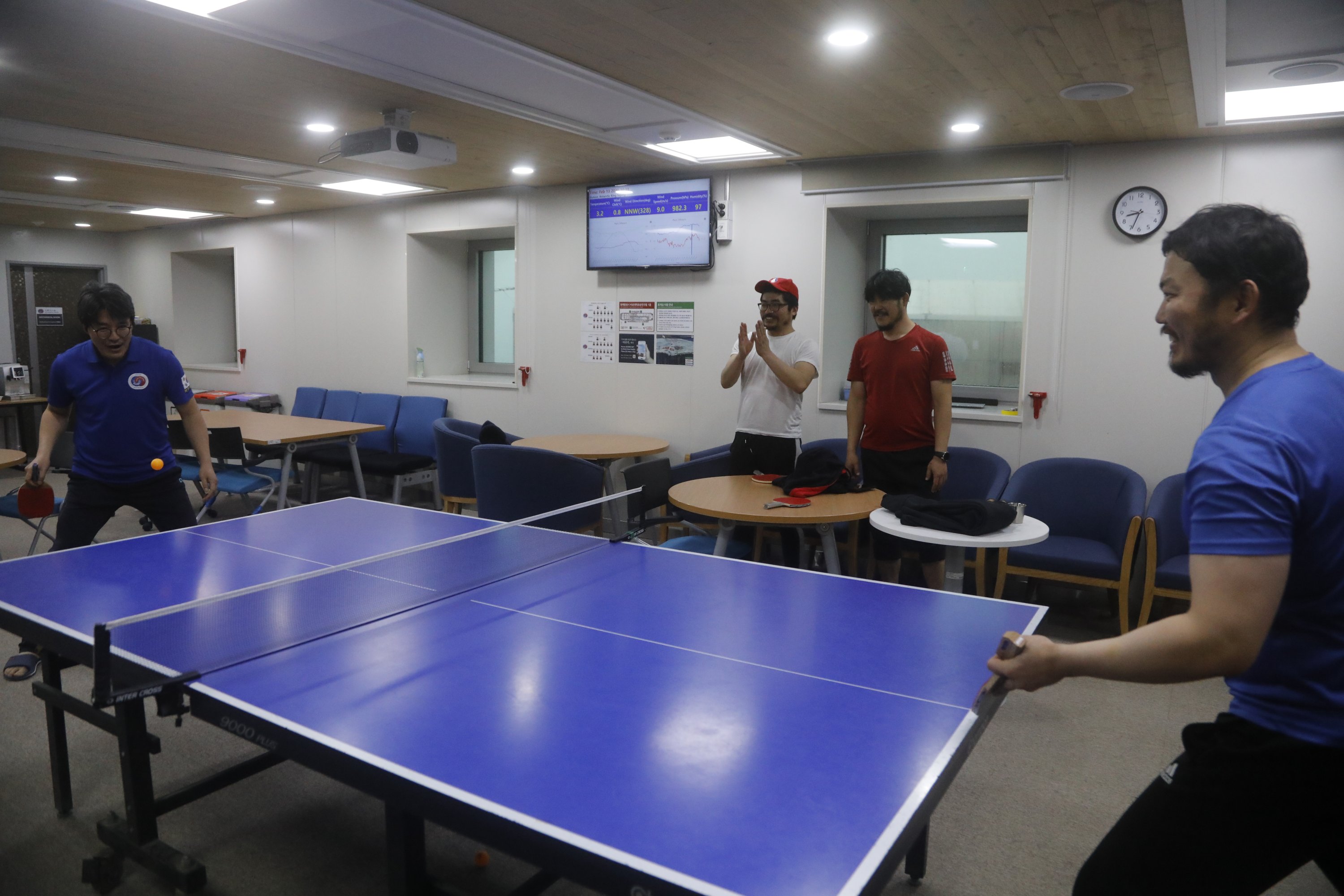








Discussion about this post